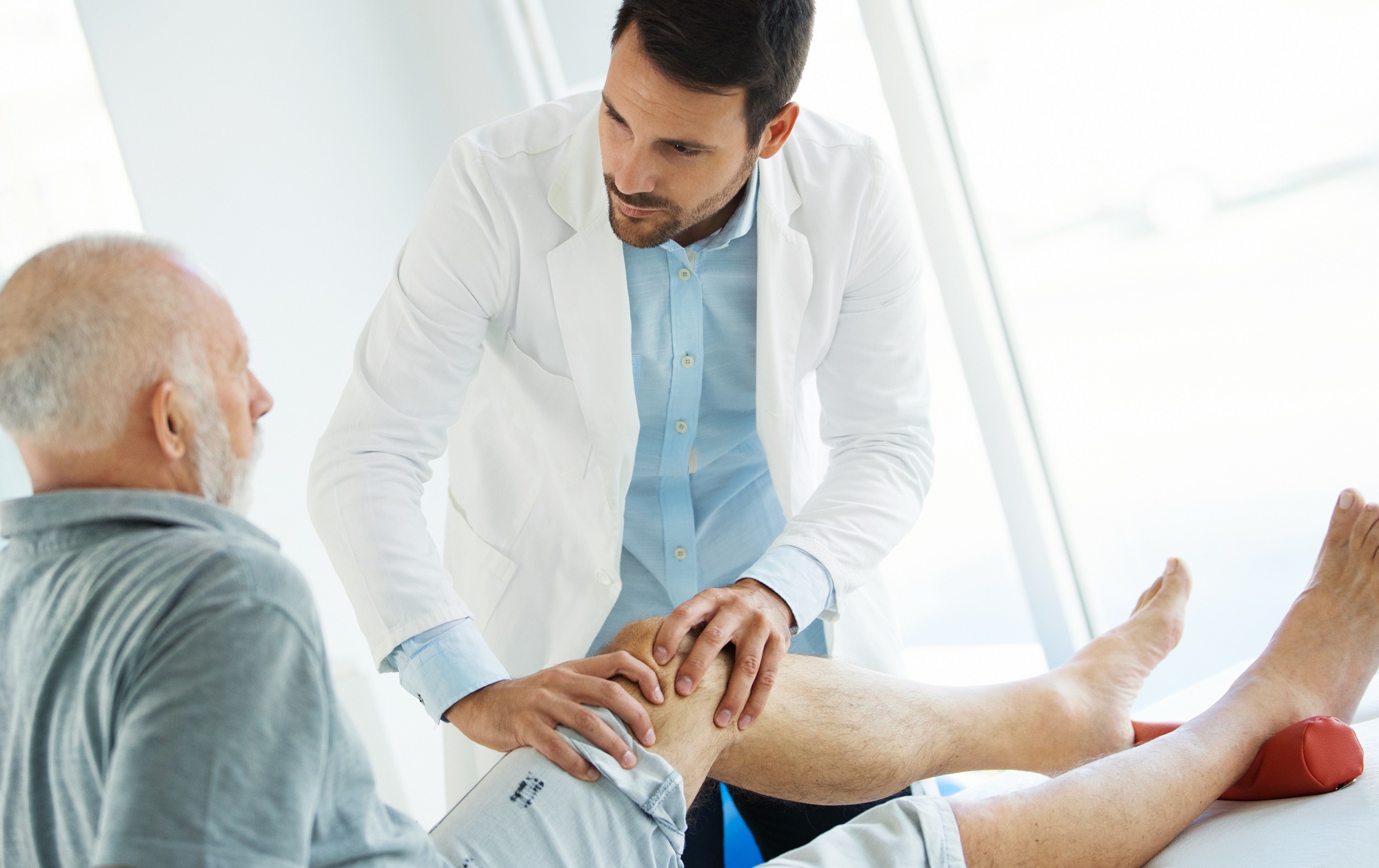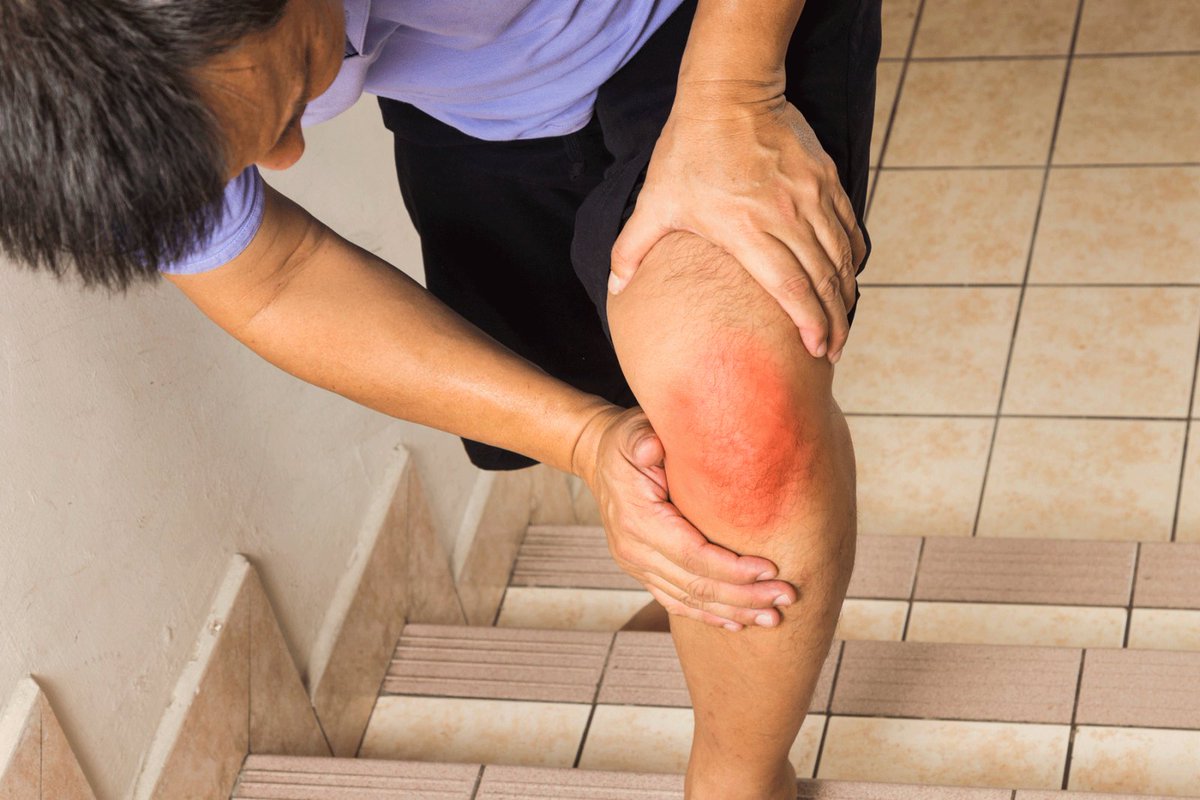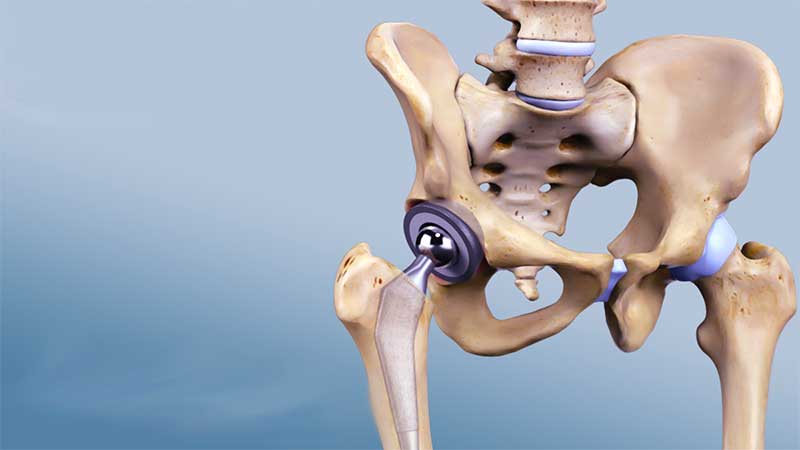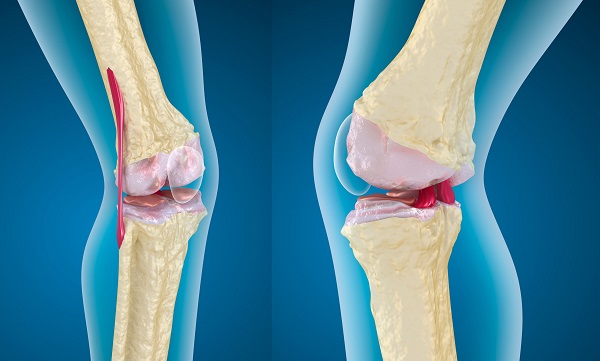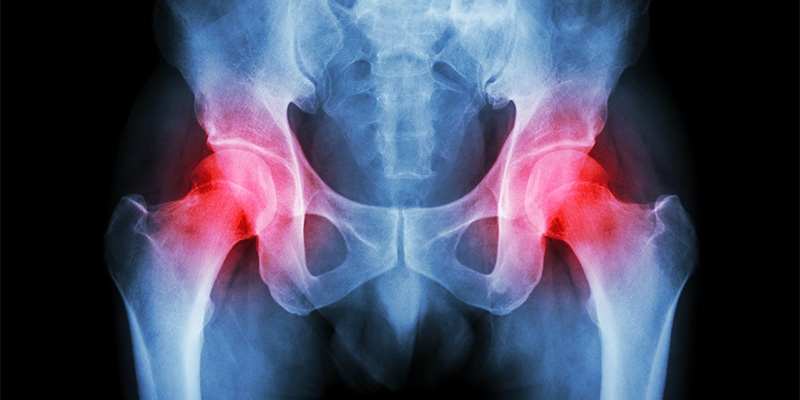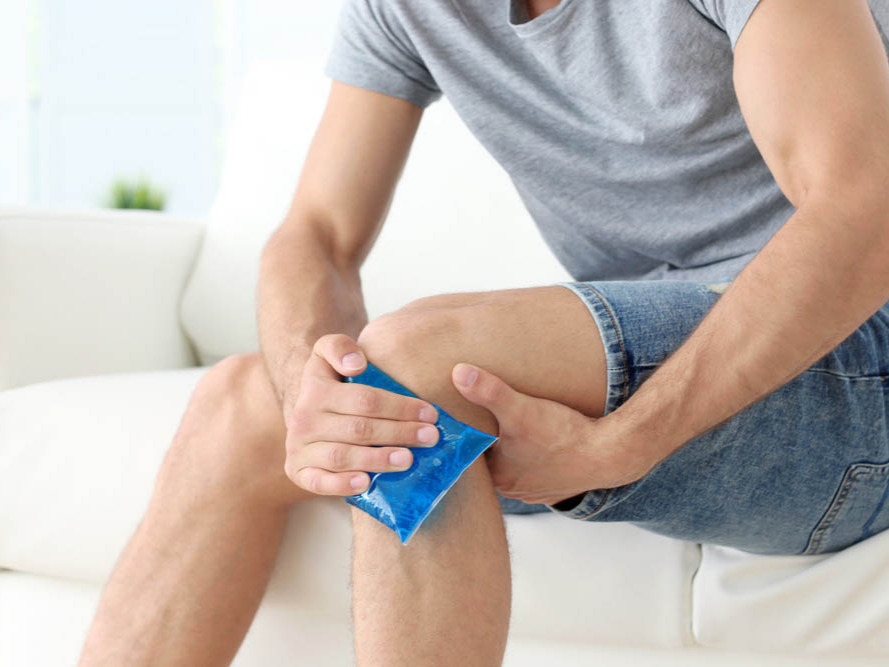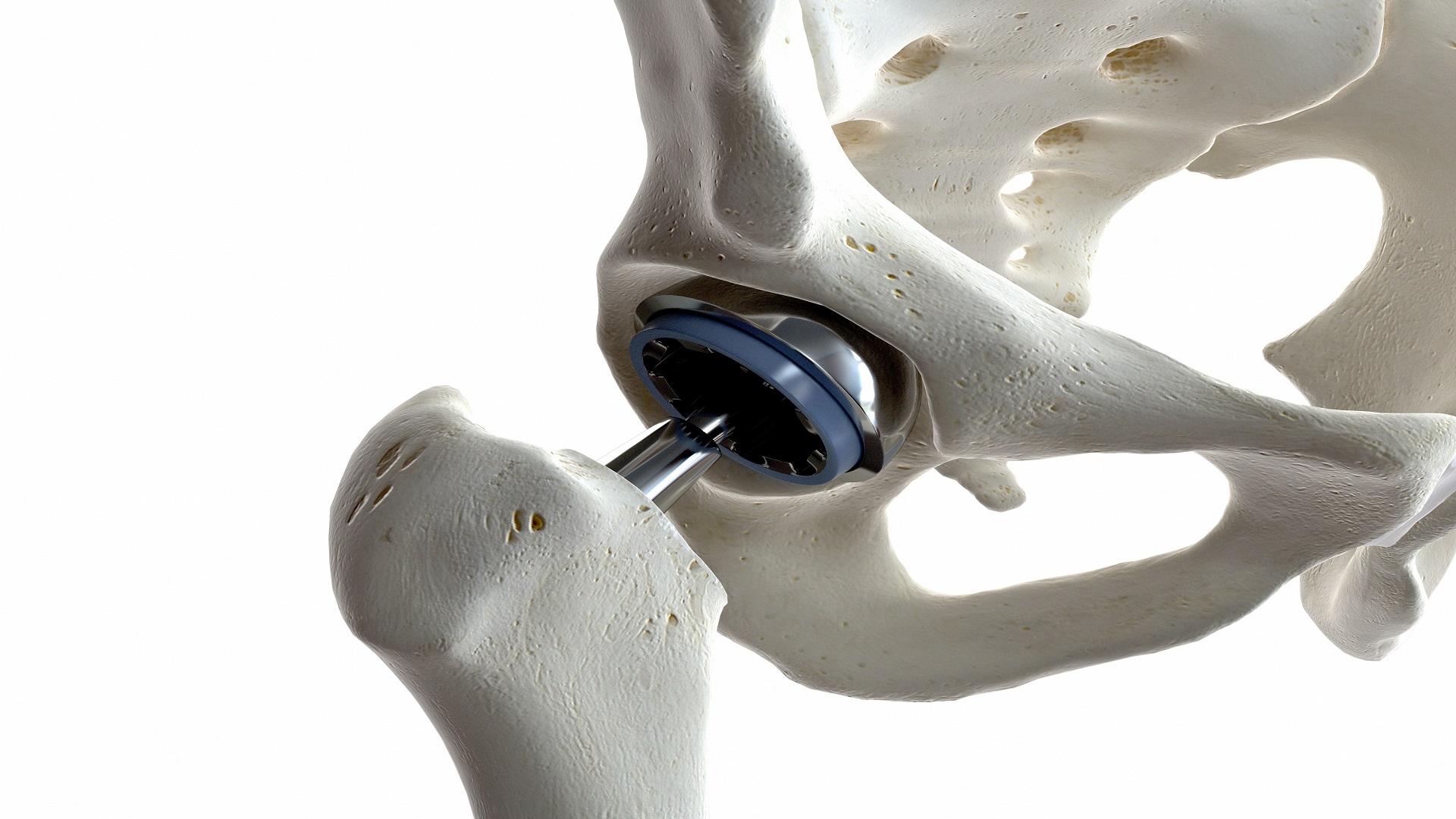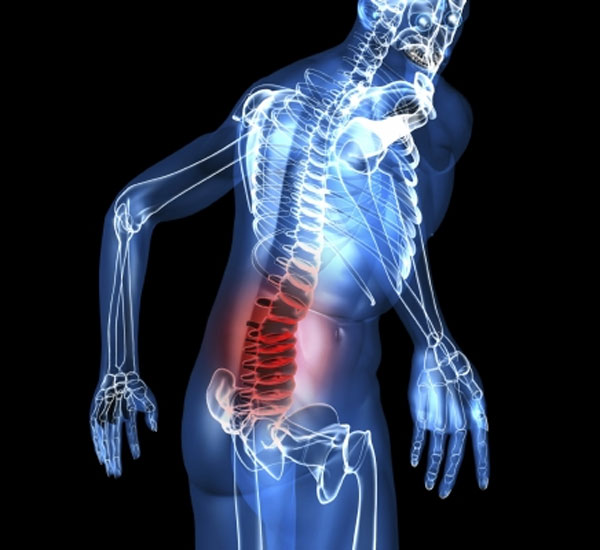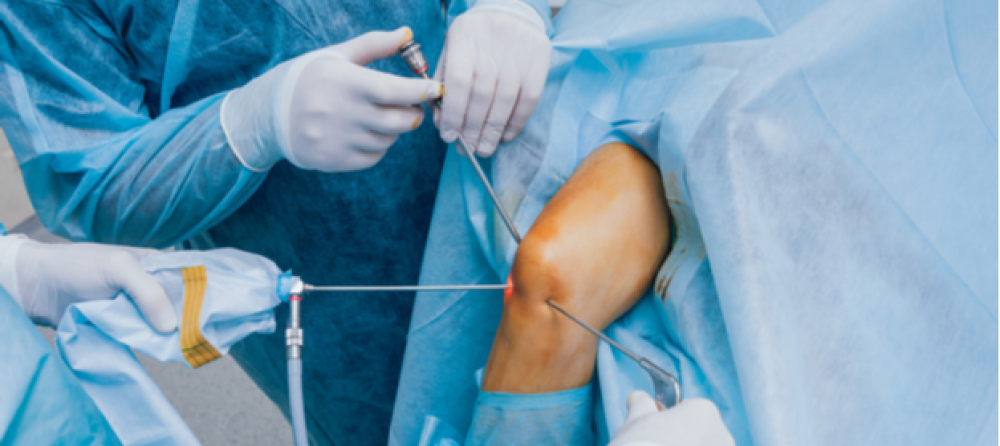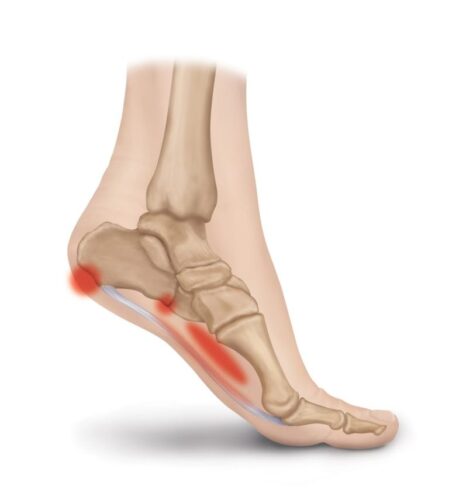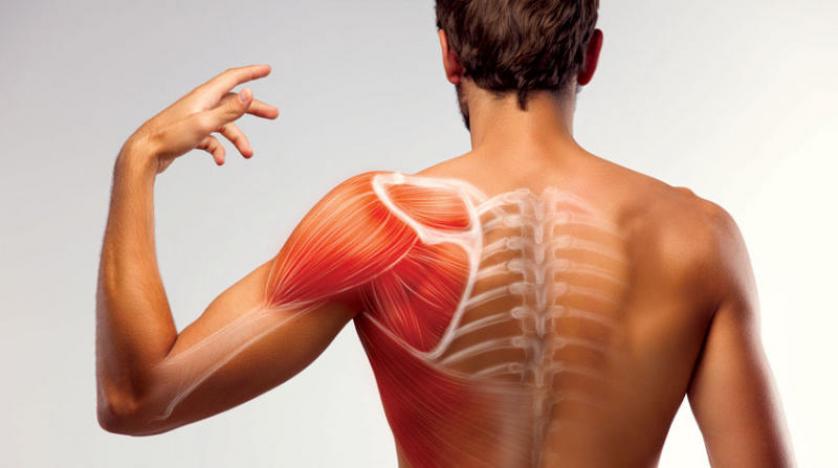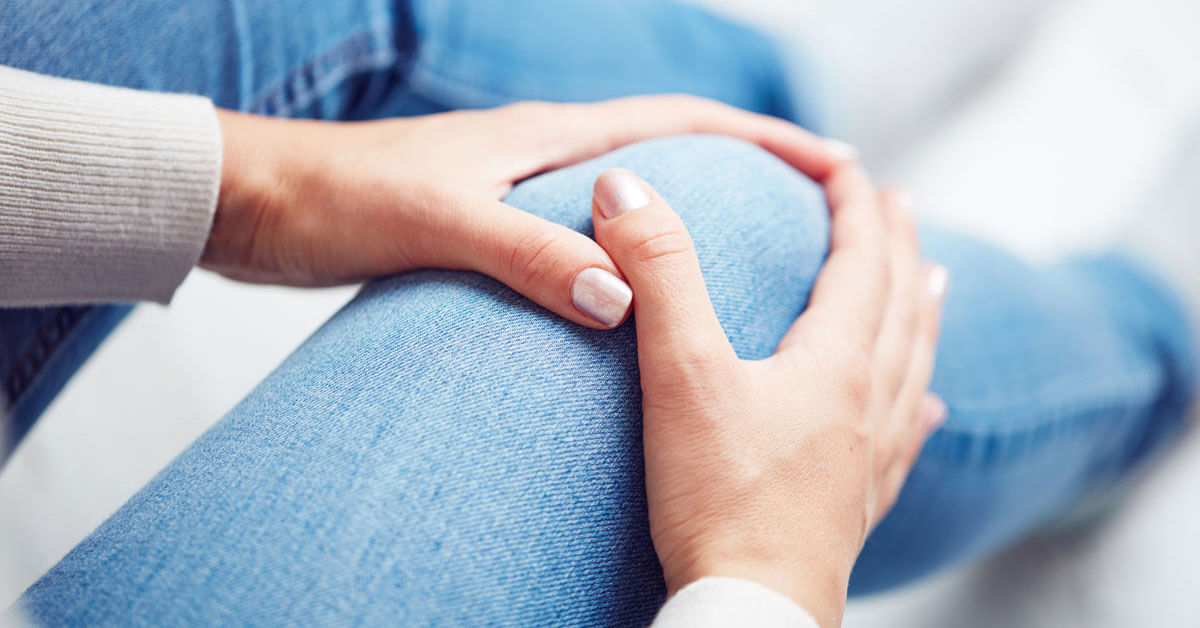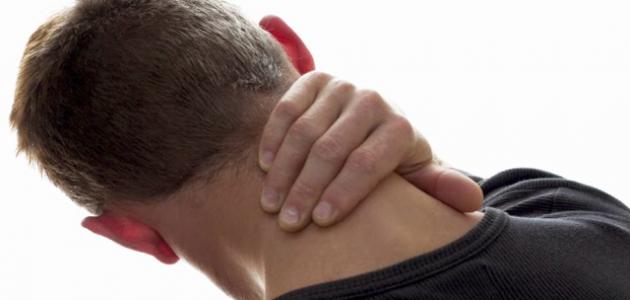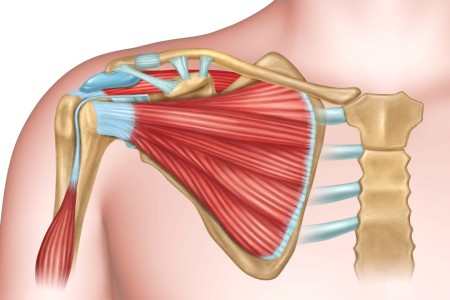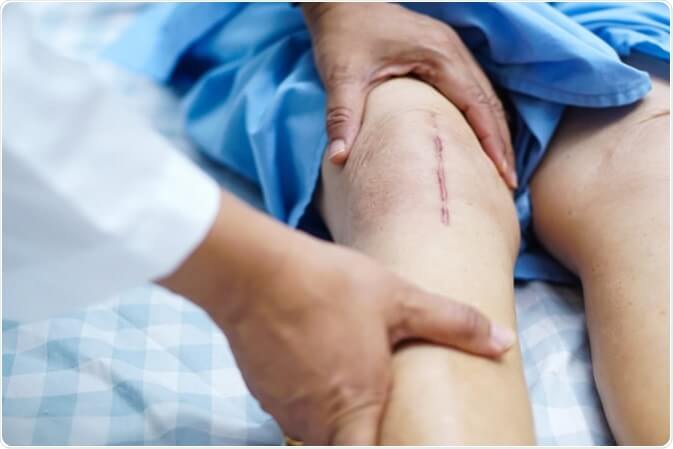Learn more about tendon rupture in the knee
Knee hamstring tear is very common among sports people, but it may happen to many people for many reasons. In the following article, we will discuss many aspects of this topic, so let us read the following.
Knee tendon rupture
Suffering from a rupture of the tendons that are in the knee area is accompanied by severe pain that makes the individual unable to practice daily activities normally, and this is due to many reasons, including:
- Excessive exercise that greatly strains the body.
- A direct injury to the knee area.
- Exercising without doing warm-up exercises.
- Previous injury to the hamstrings.
Among the symptoms that appear on individuals when a hamstring rupture occurs:
- Feeling pain spreading to the legs.
- The presence of pain when touching the thigh muscle.
- Inability to bear weight on the knee and walk normally.
- Suffering from convulsions.
- Muscle pain, especially when bending the knee.
- Stiffness and stiffness in the muscles.
Causes of knee pain when climbing stairs
The pain that afflicts individuals in the knee area when climbing stairs is a result of their suffering from knee roughness, and this is associated with advancing age, in addition to the presence of many factors that increase the chances of infection, such as:
- Exposure to a direct injury to the joint area.
- Overloading and pressure on the knee as a result of heavy exercise.
- The individual’s neglect of the necessary rest prescribed by the doctor when suffering a knee injury.
- Inflammation of the joints due to pathological causes such as gout and rheumatoid arthritis.
- The family history of this patient may be inherited and passed on from one generation to the next.
- Suffering from obesity causes more pressure on the knee joint.
- Women are more likely to suffer from roughness than men, especially during menopause.
Causes of knee pain from behind
Many reasons lead to severe knee pain from behind, such as:
- Arthritis: It is characterized by many ways and there are many forms of it, and it does not only affect the elderly, but it may happen to individuals in any of their life stages.
- Knee hamstring injury: It is one of the most common causes of pain behind the knee, and this injury causes stiffness in the knee and difficulty in moving it greatly, and it occurs as a result of overuse of the knee joint.
- Knee sprain: This may occur as a result of making sudden movements without doing some warm-up exercises before that, and this injury is accompanied by severe pain and swelling in the knee area.
- Formation of cysts behind the knee: They are cysts that are exposed to very severe infections, similar to a water balloon, and their pain is similar to a cut behind the knee.
- Posterior cartilage: It is also called a herniated disc, and the pain increases when moving or during daily normal activities, and this causes pain behind the knee.
- Tendonitis: This occurs as a result of excessive exercise such as cycling, and this results in severe pain in the area behind the knee.
Electricity in the knee
Feeling like electrocution in the knee is something that indicates that there is something wrong with the knee that requires going to the doctor to conduct the necessary tests and ensure the safety of the patient, and this is not something that is ignored, as it may be considered an indication of a serious matter that can be treated well at first, but as the problem worsens, the situation becomes much more difficult.
What is the cause of electricity in the knee?
The individual may feel a sensation similar to electricity in the knee as a result of the heavy load on the bones, as the bones have some physical characteristics that make them produce negative charges in the parts that are subjected to pressures and charges that are positive in the side that is opposite to, and the function of the negative charges is that they stimulate the bone cells to build bone tissue, while the positive charges stimulate the cells to dissolve the bone.

